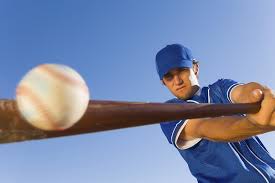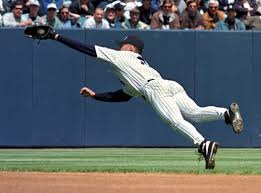Overview
Baseball is a fast-paced sport that combines hitting, pitching, strategy, and timing. Some of the underlying scientific concepts include the aerodynamics of the baseball itself, the physics behind the collisions of the bat and ball, and the structure of the bat.
Baseball Aerodynamics
When a baseball is thrown, it follows a trajectory that starts from the pitcher’s windup. Energy is transferred from the pitcher’s movements to the ball itself. From the moment it leaves the mound, gravity forces the ball downward, so that the trajectory follows a parabola. In addition, friction from the air creates drag that slows the ball as it travels. The stitching on the ball breaks the path of the air to minimize drag as much as possible. When the ball spins, the airflow pushes the ball faster in the direction of the spin. Baseballs themselves are small, with lightweight cork centers. They are specially structured to be compact and resist the stresses upon them.
Science of Hitting
The batter actually has a very short time to decide whether or not to hit the ball and make contact with the ball. In 400 milliseconds, the batter must judge its speed, direction, and velocity, and time the swing to make optimum contact. The bat strikes the ball at a speed of 80 mph, but how far it travels depends on the speed and accuracy of the swing itself. A force of 4 tons is not uncommon, and the baseball can be compressed to half its size.
The Sweet Spot
The “sweet spot” is a small area about 6 ½ inches from the end of the bat. It is the point at which vibrations from the bat are minimized the most, so players don’t feel them when the bat hits the ball. When the batter hits the ball at the “sweet spot”, less energy is lost in vibration, so the ball travels much further. It can mean the difference between a base hit and a foul.
Science of Fielding
The player must be able to predict the direction and speed of the ball to determine where to catch it, with both its vertical and lateral velocities. An experienced outfielder uses the direction of the pitch, the batter’s swing, and even the sound of the bat to estimate the location of the ball.
Interested in science tutoring services? Learn more about how we are assisting thousands of students each academic year.
SchoolTutoring Academy is the premier educational services company for K-12 and college students. We offer tutoring programs for students in K-12, AP classes, and college. To learn more about how we help parents and students in Missoula, MT: visit Tutoring in Missoula, MT




